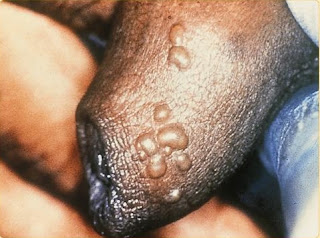It’s really ironic how our society has claimed many lives in just spreading a fatal intimacy of sexually transmitted diseases (STD). We may be aware of the symptoms, treatment and prevention but most likely couples still engage in sexual activities more often than not. With millions now transmitting the disease of gonorrhea from one person to another, we should break the mode of transmission and rely on safe practices instead. Check out these health facts about gonorrhea symptoms, and who knows you might be a victim of this disease.
1. What really is Gonorrhea?
It is one of the common problems in STD individuals and the bacteria, Neisseria gonorrheoae is responsible for the transmission. It is always confused with Chlamydia bacteria because they bear almost the same manifestations. However, with early diagnosis, doctors can determine whether the bacterium is gonorrhea or not.
2. How can it affect the people?
According to medical science, gonorrhea replicates itself in areas that are moist and warm. The environment favors in mucosal linings such as the urethra, uterus, vagina, cervix and anus. The mouth is also a good environment to incubate the bacteria over a period of time. When partners perform sexual activities via vaginal or anal contact without noticing any symptoms of gonorrhea, the mode of transmission begins.
3. Diagnosing the symptoms
Gram stain is an important diagnostic test if individuals have symptoms of gonorrhea discharges leaking from the urethra opening. In other laboratory analysis, a nurse takes a sample using a sterile applicator from the infected area or where there is evident of discharge. The stain can then be examined to determine which pharmacological treatment is needed.
4. How long is its incubation period?
It is believed that the disease will incubate from the infected person counting by the first day until two weeks later. After which, the symptoms of gonorrhea will outburst pus drainage signs and can be considered contagious.
5. Manifestations in men
The discharges of gonorrhea symptoms are presented as yellowish-green pus draining from penile urethra. Burning sensation while urinating appears to be painful and can be uncomfortable. Itching is common in rectum areas if the sexual contact is more done anally.
6. Clinical features in women
Vaginal and bladder infections are more likely to exhibit in women due to the short length of the urethra. In fact, gonorrhea symptoms are more prevalent in females than males. In addition to the symptoms, itching around the vaginal opening and nearby glands can be affected as well. Vaginal bleeding and painful sex after or during the intercourse is also included.
7. Dos and Don’ts when symptoms appear
There are things that each partner has to consider before engaging in sexual intercourse. It is still best to be abstinent until the blown of gonorrhea symptoms disappear. Better yet, avoid sexual contact until your partner is fully treated. The use of condoms is effective but do remember that it cannot assure you to be completely protected from the disease.




